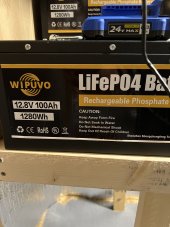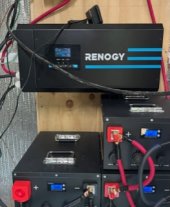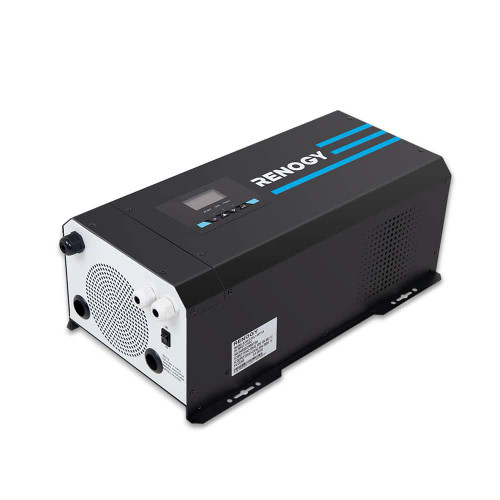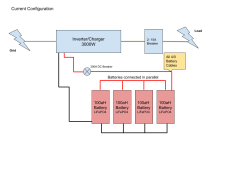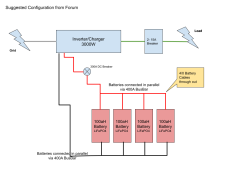correctly. I have a 3000W inverter and 3 x 100AH of lithium batteries. The manufacturer of the inverter says the minimum for 3000W is 3 batteries, yet I'm not sure if I am getting 100% out of either. When I run my shop VAC or Portable AC (not together) the inverter cycles off and then back on without fault codes or tripping the breaker. My assumption is that the BMS on the batteries are shutting them down. These are generic batteries with a generic BMS which means I'm probably not getting the most amperage out of the batteries. I've order a forth to see if the problem gets better.
Any advice or troubleshooting tips would be appreciated.
Any advice or troubleshooting tips would be appreciated.



